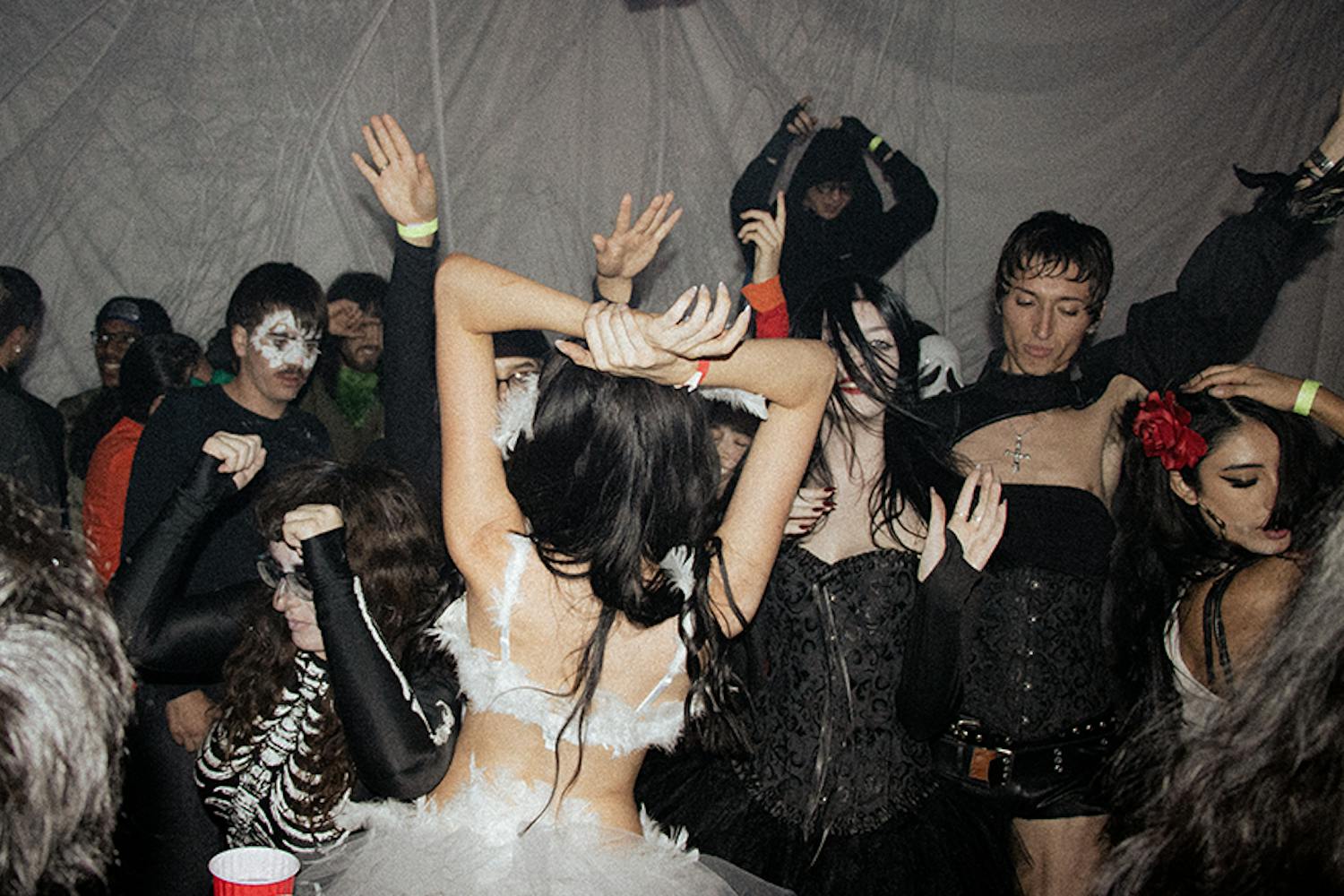The modern dream for many after graduating college is to get the job, get the home and pay the bills, but Anna Ortiz found herself deep in the country and culture of Panama for the Peace Corps, teaching English.
Anna Ortiz graduated from ASU with a bachelors in sociology in May 2010, and the following January she went off to Panama for 27 months.
Ortiz was placed in the Chepo district of the Panamá province, where she co-taught English at a school there.
The village where Ortiz volunteered was two hours east of the Panama Canal and close to the jungle.
“It was an interesting mix,” Ortiz says.
Half of the people in her region would work in the fields and the other half would commute to the city for work.
As a Latina, Ortiz had a different experience than most volunteers in the Peace Corps.
“I already had that underlying culture that Latinos share,” Ortiz says.
 After returning home from Panama, Ortiz found part-time work at Esperanza, a local non-profit, and at ASU's College of Nursing.
After returning home from Panama, Ortiz found part-time work at Esperanza, a local non-profit, and at ASU's College of Nursing.Photo by Pauletta Tohonnie
The Panamanians in her community were taken aback because she understood their culture. It took a little bit for the fact that she was American to sink in.
“Even until the last day I was there they referenced to me as La Mexicana,” Ortiz says. “Not La Gringa.”
But she still faced several challenges integrating into the country. Ortiz had to integrate both into the community that she was settled in and into the school where she taught.
Ortiz says that she had to establish herself as an authority of English, which was difficult because she had no teaching background.
Local recruiter, Curt Baker, who was stationed in Mali from 2003 to 2005, says that each Peace Corps volunteer receives three months of training.
Their training includes language training, technical training, health and safety and cross-cultural, Baker says.
“You learn every part of that culture and you learn to appreciate it,” Baker says.
Ortiz also cited the Panamanian’s religious fervor as being a bit of a culture shock. Every village in the country has their own patron saint and a day for which to celebrate them.
She said that their celebrations were more grand than in America. Panama is a very small country, Ortiz said, and due to that the celebrations for the patron saints felt much greater because the customs and traditions were more widespread in the country.
Ortiz had full support from her family when making the decision to join the Corps. Carlos Ortiz, her Father, knew it’d be a great experience for her because he was in AmeriCorps.
“I was happy,” Carlos says. “I remember she mentioned it while we were having lunch and she said she was following her dreams.”
Now that Ortiz is back in America she misses the close sense of community that Panama has. In the village in Panama, everyone left their doors and windows open on nice days and when she’d pass by she’d be able to say hello to them and the whole village within a few minutes.
Ortiz says she could stop by and stay for lunch and even spend the whole day with neighbors.
“Next thing you’d know you’ve been talking for five hours,” Ortiz says. “The sense of community and companionship is lacking here in the U.S. It was refreshing in Panama.”
When Ortiz came back to the U.S. she says that the very same feeling of uncertainty and anxiety she had when leaving for Panama, came back, only this time it was in reverse.
She didn’t know about where she’d get a job or how long she’d live back home with her parents.
“It was definitely more difficult in some senses more than other,” Ortiz says.
Now that Ortiz has been back in the U.S. for a while she has finally become comfortable with it. Ortiz is now working part-time both at a global health non-profit, Esperanca, and at ASU’s College of Nursing.
When Ortiz first heard of Esperanca she was happy about the type of work they do. One of the programs they have allows volunteer surgeons go to third world countries such as Nicaragua, Bolivia, Peru and Mozambique and perform surgeries for free.
“This is like Peace Corps” Ortiz says. “Only in America.”
Reach the reporter at Jesse.Millard@asu.edu or via Twitter @ChillinJess





